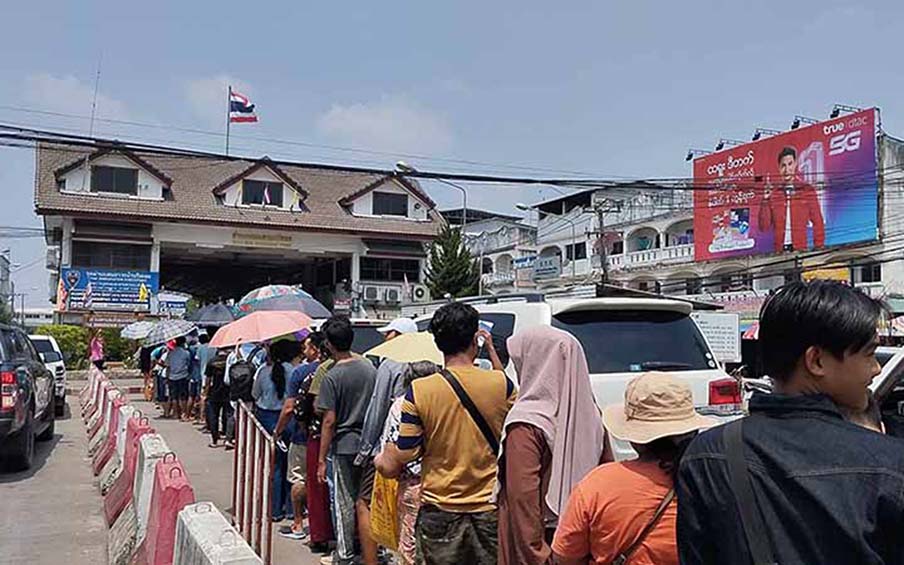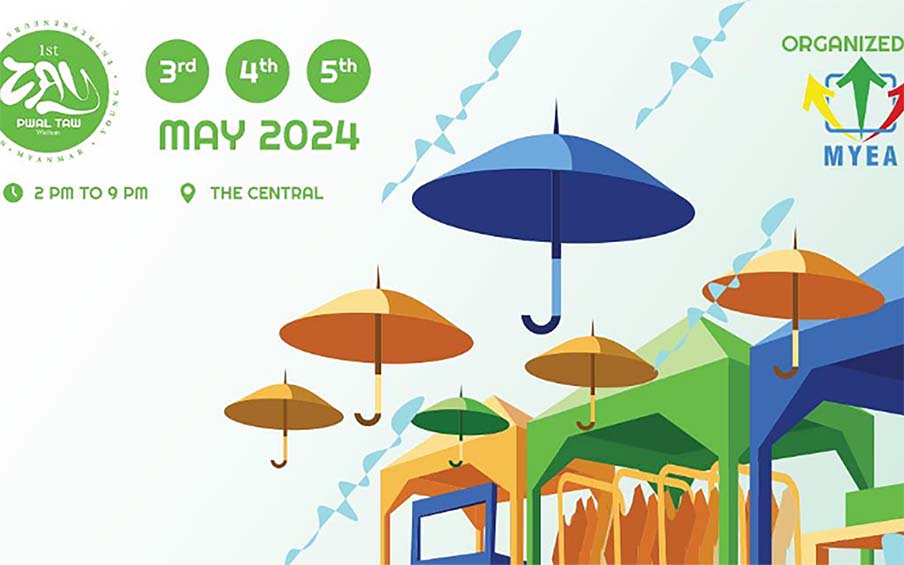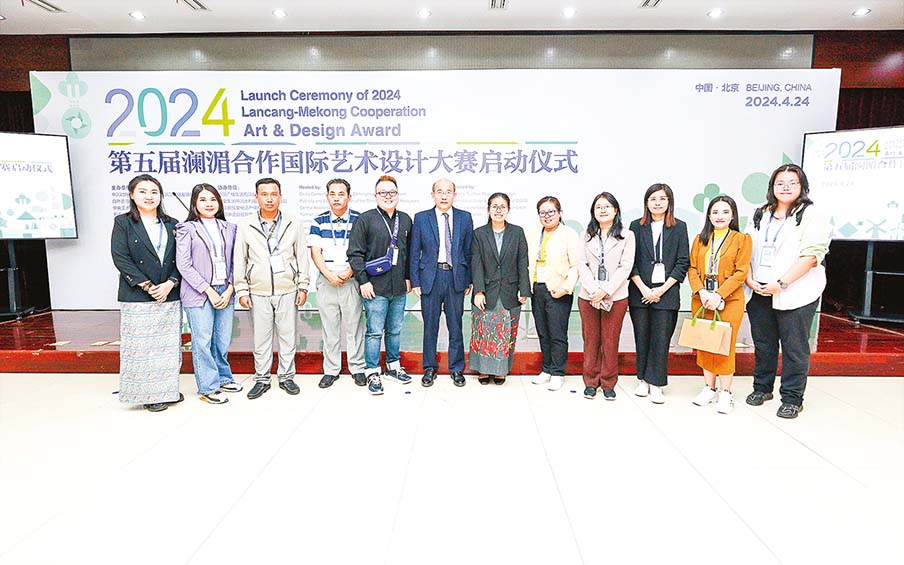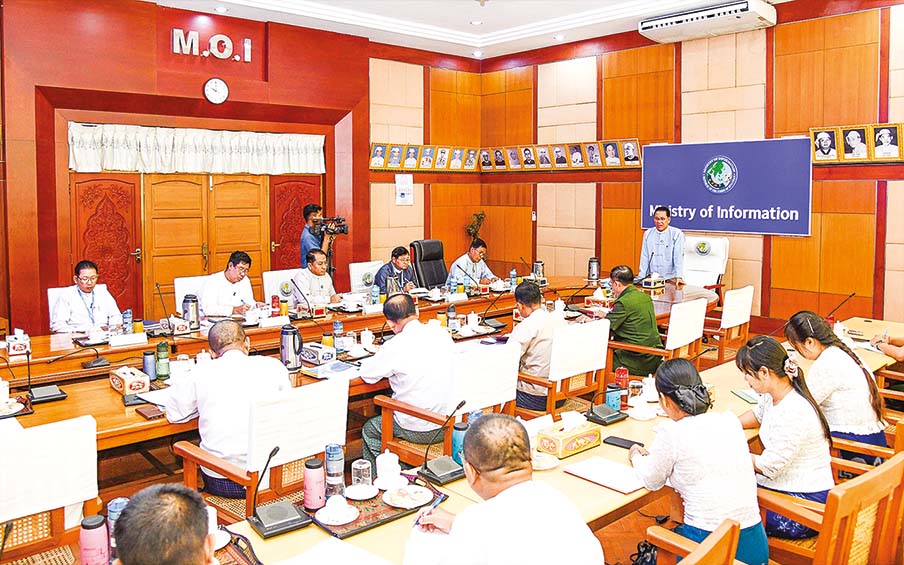In the 21st century, the life of a teacher is still beyond the position of an average instructor. Of course, teachers worldwide have always become the leaders in the teaching-learning process. In the modern days, it cannot be expected that all teachers should be proficient in their respective subject teaching. This is because not every teacher will concentrate on their education and practice only. Teacher leaders are now the most important and influential individuals in the educational world of study. They exert a strong influence on student achievement, indirectly in particular, by creating instructional organizations in their schools through participative actions and building school climates as well as cultures characterized by clear goals and high expectations for academic achievement and social behaviour. As people differ in readiness, willingness and task maturity, teacher leaders must adjust their roles and leadership styles not only to the situation but also to those being led.
First of all, teacher leadership may influence their colleagues, principals, and other members of the school community to improve teaching-learning practices with the aim of increased student study and achievement. Successful school leaders have such many qualities as vision, courage, passion, emotional intelligence, judgement, resilience, persuasion, and curiosity. School leaders formulate and shape the future rather than being shaped by events. They show the willingness and patience to see things through and take risks, and they can be steadfast in challenging underperformance or poor behaviour. They are also passionate about the teaching-learning process and show commitment to children, besides taking an active interest in their staff’s work. As team builders, they develop empathy between their staff or pupils and them, get the relationships right – open, trusting, or humorous – and much else follows naturally. The best headteachers make the right calls, get involved in the whole school community and even take people forward together. Any school leader is optimistic and calm in a crisis, as well as energetic and positive at all times. They are adept at describing the story of their school to any audience. Finally, they are outward-looking and always in touch with events.
As a leader, teachers can take on diverse roles like resource providers, instructional specialists, curriculum specialists, classroom supporters, learning facilitators, mentors, school leaders, data coaches, catalysts for change, or even learners. A teacher helps their colleagues share instructional and professional resources such as websites, teaching aids, articles, books, lesson or unit plans, and assessment tools. If he is an instructional specialist, he will be able to help implement ideas for differentiating instruction or planning lessons in partnership with fellow teachers, study research-based classroom strategies, explore instructional methodologies appropriate for the school, and share findings with colleagues. On the other hand, curriculum specialists tend to lead teachers to agree content standards, follow various components of the adopted curriculum, use common pacing charts and develop shared assessments. Classroom supporters work inside the classroom to help teachers by demonstrating a lesson, co-teaching, or observing and giv
ing feedback, which enhances teacher self-efficacy – the belief in their own abilities and capacity to tackle teaching and learning problems successfully. When teachers learn with and from one another, they can focus on what most directly improves student learning and is aligned to fill gaps in this learning.
Besides, mentors serve as role models, acclimate novice teachers to a new school, advise new teachers about instruction,
curriculum, procedure, practices, and politics as well as aid more seasoned teachers to gain fresh perspectives and learn about current educational approaches. School leaders share the vision of the school, align their professional goals with those of the school and the district, and take half responsibility for the success of the school as a whole. And not often using the data to drive classroom instruction, data coaches can direct conversations that engage their peers in analyzing and using the information to strengthen instruction. Catalysts for change are, too, visionaries who are never content with the status quo, or rather, always looking for security in their own work with a strong commitment to continual improvement, posing questions to generate an analysis of student learning. Strangely, teacher leaders like assuming themselves to be perpetual students. As lifelong learners, they model continual development, demonstrate continuous learning and use what they learn to help all students achieve.
There are still many responsibilities for teacher-leaders. Teacher leaders are experts in their craft. That is, they engage in collaborative planning, give feedback, offer perspectives and advoc- ate for changes in that they understand what is required for excellence in teaching to take place on a daily basis. They step up and volunteer to serve on district committees as well. By serving on district planning, professional development, professional association, curriculum and other committees, they impact what happens through the school system for all teachers and their students.
Furthermore, they are in the best position to impact the decisions of policymakers now that they have authentic experience and insights to provide practical examples to those making decisions which affect them and their profession. On occasion, teachers take leadership responsibilities for current political events affecting their lives, communities and schools. Only within the school setting do teachers encourage their students and colleagues so as to become involved in their local politics and create positive change in the community at large. Not only that, teachers regularly sit on advisory boards and get involved in community organizations and nonprofit centres such as the Red Cross, which allows them to help change the lives of students from the outside of the classroom.
A teacher leader’s leadership style must vary with the time and circumstances of a situation. A directive or autocratic style is effective when decisions must be made faster, and followers have low task maturity, no profound knowledge, skill, interest in what is going on, or confidence to work on their own. The supportive style comes into use when innovation is introduced, as every innovation brings in new risks, and followers might be willing to work on the task even though they still do not have the skills to do it successfully. A participative or democratic style is made possible if the cooperation of others is helpful in doing the decisive work, time is not a major factor, staff are provided opportunities to develop a high sense of personal growth and job satisfaction, and routine, monotonous but necessary work has to be done for the organization. Finally, the delegating style can be used if followers are extraordinarily competent and mature vis-a-vis the task, and they have got high confidence, commitment, and strong skills. In brief, no one style will be appropriate at all times for every and each individual.
Here are a few things we can do to choose and develop our own effective leadership style: –
1) Start with ourselves. Use what we know about our own personability and our exercised leadership in the past. Be clear on our natural tendencies and talents.
2) Think about the real needs of the organization or initiative.
3) Observe and learn from other leaders in action.
4) Use the research on the theory and practice of leadership.
5) Believe in what we are doing.
6) Get prepared to change. Find for ourselves or hear from others the negative as well as the positive in order to do it carefully and objectively, and then make connections if necessary.
That way, we can all not only become a teacher as an efficient leader but continue to be one.











